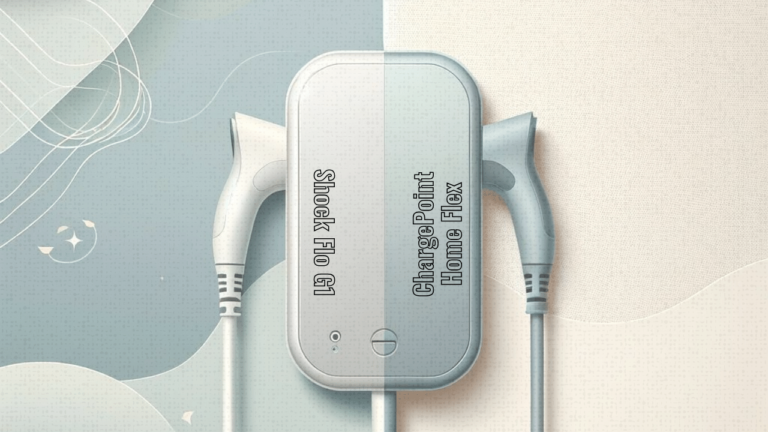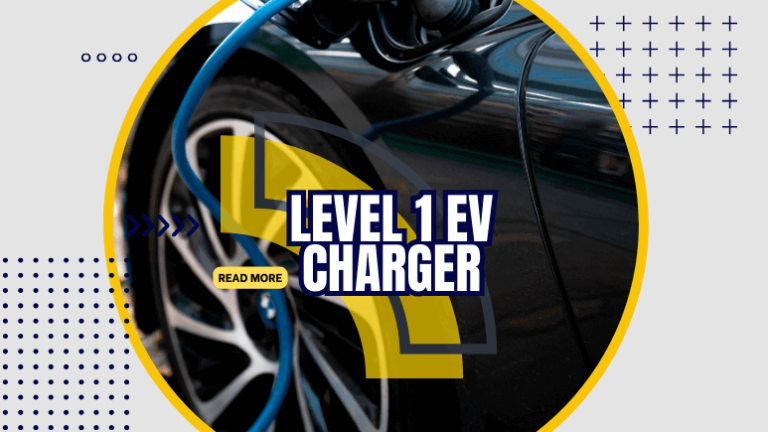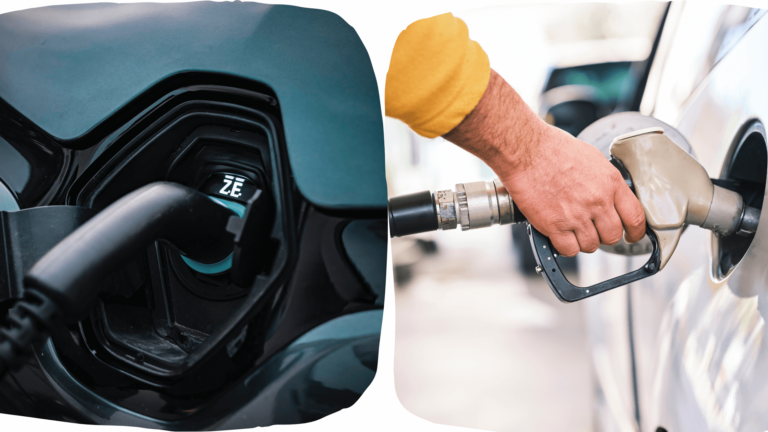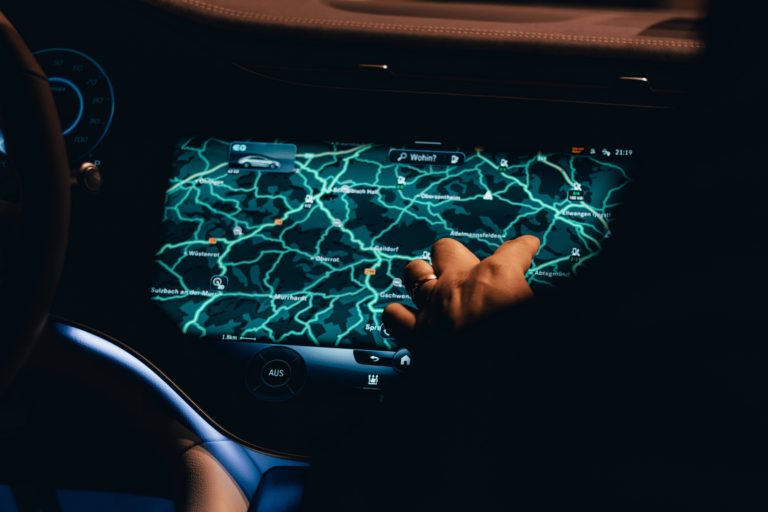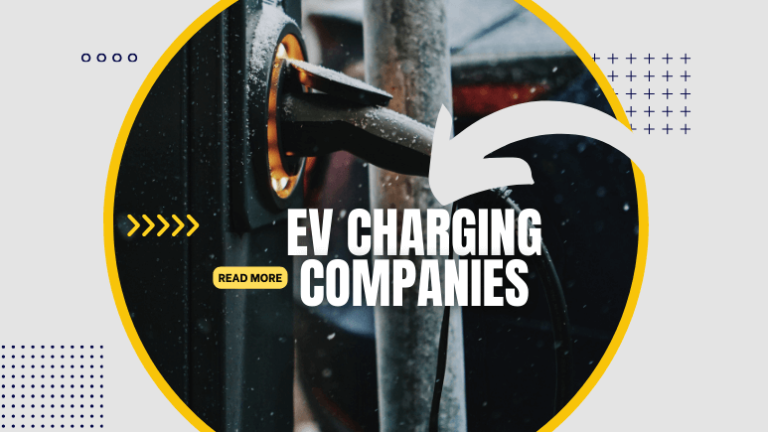Let’s talk about Battery Management Systems (BMS) in electric vehicles.
These things are like the brains of your rechargeable battery, whether it’s a solo cell or a whole battery squad. Their main objective is to make sure your battery stays in the game, safe and reliable.
What you will learn here:
Simply put, a battery management system ensures smooth operation of your battery.
The BMS is on a mission, keeping tabs on the State Of Health (SOH) of your battery, collecting data, and playing referee for all the environmental factors messing with your battery cells.
And get this, it’s not just watching the show; it’s the maestro ensuring every cell is in harmony, rocking the same voltage beat. Picture it like a battery orchestra, and the BMS makes sure they’re all playing in sync.
Plus, it’s got this cool trick called cell balancing, optimizing the battery’s mojo for the long haul. Your battery’s life just got a boost, thanks to BMS doing its thing.
What is Battery Management System (BMS)?
The battery management system is a system that manages the electric car’s battery. It monitors the status of the battery, such as its charge and temperature, and controls the charging process.
It also protects the battery from overcharging and over-discharging, which can damage the battery. The BMS also controls how much power goes to each part of the car, such as heating or air conditioning.
The BMS in electric cars is different from one in a regular car because it has to monitor not only voltage but also current and temperature for safety reasons.
So basically, BMS optimizes the following factors:
- Temperature
- Voltage
- Current
- Battery capacity
- Cell function
- Charging
BMS Key Functionalities
Safety
The risk of catching fire is prevented by keeping the temperatures at safe levels in electric vehicles. Predefined safe limits are installed for different types of batteries, which are set by the manufacturer.
The BMS is also able to protect the battery from short circuits (leading to overheating) and fires by breaking the circuit when there is an issue. In addition, BMS ensures the isolation of the battery from the chassis and body of the vehicle, preventing electric shocks.
Overcharging carries risk of explosion due to thermal runaway. The overcharging and deep charging reduces the battery life. While charging, BMS communicates with the EVSE (Electric Vehicle Supply Equipment or the Charger). Also, during the discharge the BMS communicates with the motor controller.
State of charge is maintained best between minimum and maximum charging limits for optimization, overcharging as well as very low discharging causes the battery life to diminish. It controls recharging through regenerative braking.
Battery cell charging is balanced in all the cells including active and passive balancing, meaning that the capacity of each cell is equalised to give optimum performance.
Monitoring
The BMS is keeping a close eye on all the details. Voltage, current, and temperature – checking each cell in the battery pack.
It’s making sure your battery doesn’t tantrum. No overcharging or discharge.
State of Health (SoH) and State of Charge (SoC)
The BMS calculates the Battery State of Health (SoH) for the overall battery condition and the State of Charge (SoC) for the remaining battery charge.
During charging, BMS regulates the current to keep the State of Charge within defined limits. It communicates with EVSE to keep the State of Charge within bounds.
Charge and Discharge Management
You can think of it as a traffic cop for your battery, making sure it charges and drains safely.
It’s because we want your wheels to go the extra mile, so the BMS optimizes the battery to give you more range.
Cell Balancing
It’s like the peacekeeper of your battery , ensuring all cells are at the same voltage level. Why care? If some cells become rogue at a higher voltage, chaos is invited.
Inefficiencies and damage? That’s not okay. The BMS keeps everything in check so your battery stays healthy and happy.
There are two main types of balancing: passive and active.
With passive balancing, energy is transferred from higher SOC cells to lower SOC cells without additional power electronics. Passive balancing is much simpler, but maybe not as efficient, because it shunts excess energy between cells.
Using power electronics, such as switches and control circuits, active balancing lets cells exchange energy. This method is more complicated than passive balancing, but it works really well. BMSs that are larger and more sophisticated often use active balancing.
Thermal Management
In terms of temperature management it’s like a guru for your battery.
It can even tweak the cooling system to save the day and avoid overheating or thermal drama.
Fault Diagnosis and Safety Controls
It can detect and diagnose early?Sure.
If things get sketchy and the BMS senses unsafe conditions, it hits the brakes. It’s got safety mechanisms, ready to slam the brakes and minimize risk.
It looks for things like:
- Cell imbalance detection
- Voltage and temperature thresholds
- Data analysis from data collected from sensors
For safety, it makes sure:
- Overcharging of batteries is not happening and is within the limit.
- Temperature is regulated
- Isolation between the high voltage battery and the vehicle frame
- Communication with other systems
- Emergency shutdown in a critical situation
BMS Communication
BMS communicates with the electronic control units in the vehicle and transmits information about the battery to the motor controller so that the vehicle runs normally.
While in A/C charging mode BMS is in regular communication with the onboard charger to control the charging of the battery pack.
In D/C charging there is a communication link between the Charger and the BMS which sends instructions when to stop and start charging.
BMS is in a state of evolution. The more advanced it becomes, the more success we will see in the performance of the vehicle, its charging, range increment as well as health and life of the battery.
BMS acts as a CPU in a computer controlling the battery health while it charges and discharges.
What is Overcharging (Simplified)
It’s like giving your battery too much love.
Imagine this: your battery has a sweet spot, say 4.2V for a lithium-ion hero.
Now, if you push it beyond that, you’re entering the overcharging danger zone.
Think of it like pouring way too much syrup on your pancakes – it might seem like an excellent idea, but you’ll end up with a sticky situation. So, in battery terms, pushing beyond 4.2V is a no-no.
It’s overcharging territory, and we want batteries cool, not overwhelmed. Stay within the limits, and your battery will thank you for a longer, happier life.
When your battery reaches beyond your limits, terrible things happen. The positive active material inside your battery gets messed up, the electrolyte breaks down.
We’re inching towards a full-blown thermal runaway situation.
That’s the kind of drama we want to avoid – explosions, combustion, the whole shebang.
Overcharging invites chaos into your battery’s life.
What is Over-Discharging (Simplified)
Let’s talk about over-discharging – it’s like pushing your battery past bedtime. So, here’s the lowdown: once your battery hits its rated voltage, the party’s supposed to stop.
Take a ternary lithium battery, for example, with a cool 3.2V rated discharge voltage.
Now, moving below that? That’s the over-discharging trouble zone.
It’s like telling your battery, “Hey, keep moving, we’re not done yet!” But the truth is, pushing it below 3.2V is a big no-no.
It’s like making your battery work overtime, and we all know that’s not a recipe for happy, long-lasting battery life. Stick to the rules, and your battery will thank you with longevity vibes. Let’s keep it charged, not overworked!


